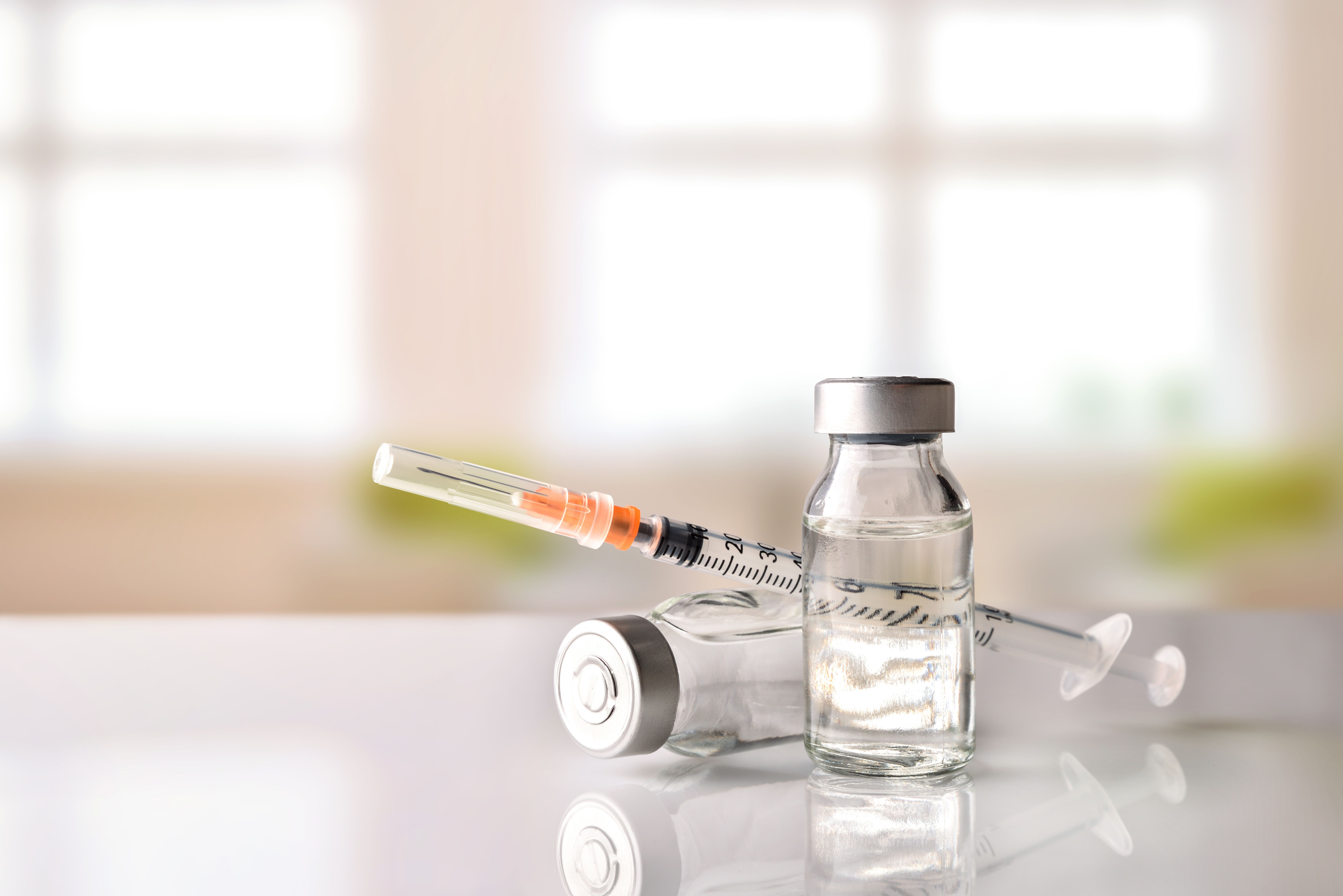Article
Diabetes Tests Inaccurate Among Some African Americans
Author(s):
African Americans with sickle cell trait may have inaccurate HbA1c test results.
Findings from a new study reveal that a common diabetes test results in lower blood glucose levels among African Americans with the sickle cell trait, compared with those who don’t.
This suggests that patients with diabetes may remain untreated due to an inaccurate reading from a hemoglobin A1c (HbA1c) test, according to a study published by JAMA.
Sickle cell trait (SCT) is found in 8% to 10% of African Americans, and can result in sickle cell disease if an individual carries 2 copies of the hemoglobin variant.
In an analysis of more than 4600 patients, the investigators found that African American patients with SCT had significantly lower HbA1c readings. The results remained true even after other factors were accounted for.
“We found that HbA1c was systematically lower in African-Americans with sickle cell trait than those without sickle cell trait despite similar blood sugar measurements using other tests” said lead author Mary Lacy, PhD candidate. “We might be missing an opportunity for diagnosis and treatment of a serious disease.”
The investigators discovered 40% fewer cases of prediabetes, and 48% fewer cases of diabetes in patients with SCT when using standard clinical HbA1c cutoffs, compared with those without SCT, according to the study.
These findings have the ability to impact both diabetes treatment and diagnosis for patients with SCT.
“The clinical implications of these results are highly relevant,” said senior study author Wen-Chih Wu, MD. “For patients with diabetes, HbA1c is often used as a marker of how well they are managing their diabetes, so having an underestimation of their blood sugars is problematic because they might have a false sense of security, thinking they are doing okay when they are not.”
In the study, the investigators included participants from 2 large public health studies, including 367 patients with SCT. HbA1c levels were tested through clinically accepted assays that rely on high-performance liquid chromatography.
The authors also compared fasting and 2-hour blood glucose levels, and controlled for demographic and medical factors, such as gender, age, body mass index, diabetes status, and diabetes treatment, according to the study.
The scale and scope of the study allowed for an in-depth comparison of HbA1c readings in patients with and without SCT, which previous studies were not able to.
“The strengths of the study are that it’s the largest sample size ever used, it’s across two different studies with somewhat different populations, and it’s a more thorough evaluation than prior studies,” said study co-author Gregory Wellenius, ScD.
Although HbA1c results were different among the patients, blood glucose readings were not. This suggests that glucose metabolism may not be different among the 2 groups of patients, as the HbA1c readings would suggest, according to the study.
However, this study does not indicate why HbA1c levels differ among patients with and without SCT. While it may be the particular assay, which was approved to be used in patients with SCT, it may also be related to the underlying mechanisms of SCT.
The authors hypothesized that if the hemoglobin variant of the trait creates red blood cells with a shorter lifespan, their cell’s hemoglobin would carry less glucose, which could lead to inaccurate HbA1c readings, according to the study.
“Irrespective of the reason of the underestimation, the underestimation is very real, and clinicians should consider screening for sickle cell trait and account for the difference in HbA1c,” Dr Wu concluded.
Newsletter
Stay informed on drug updates, treatment guidelines, and pharmacy practice trends—subscribe to Pharmacy Times for weekly clinical insights.






